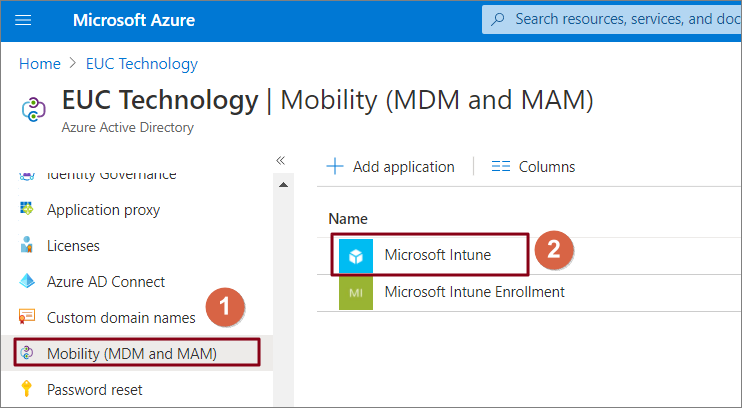

Therefore users can use their on-premises credentials to authenticate against Office 365 and Azure.


Go to Azure Active Directory > Enterprise Applications.Ĭlick your app and then click Single sign-on. For example, you can add a group that includes all users who can log in to the Single Sign‑On plan. Select users or group names from the search box. Go to the Users and groups tab and then click Add User. For more information, see Setting up SAML. You need this for setting up the SSO identity provider configurations. In the application overview, click Set up single sign on > SAML.Ĭlick Upload metadata file to upload the metadata file you downloaded earlier in Set up SAML in Single Sign‑On.

In the All applications tab of Enterprise applications, click your newly created application. Go to the Azure Active Directory tab > Enterprise application.Įnter a name and then click Integrate any other application you don’t find in the gallery (Non-gallery). Log in to Azure AD as a Global Admin in the Microsoft Azure portal. To set up SAML in Single Sign‑On, follow the steps in Configure SAML Settings. To set up Azure AD as your identity provider through SAML integration: This topic describes how to set up Azure Active Directory (AD) as your identity provider by configuring SAML integration in both Single Sign‑On for VMware Tanzu Application Service and Azure AD.


 0 kommentar(er)
0 kommentar(er)
